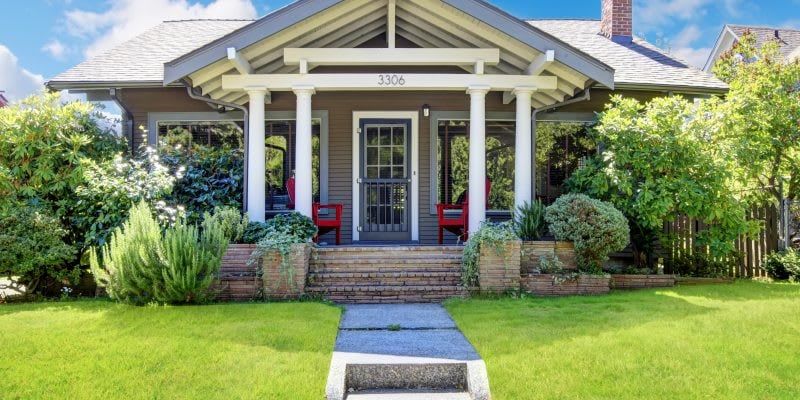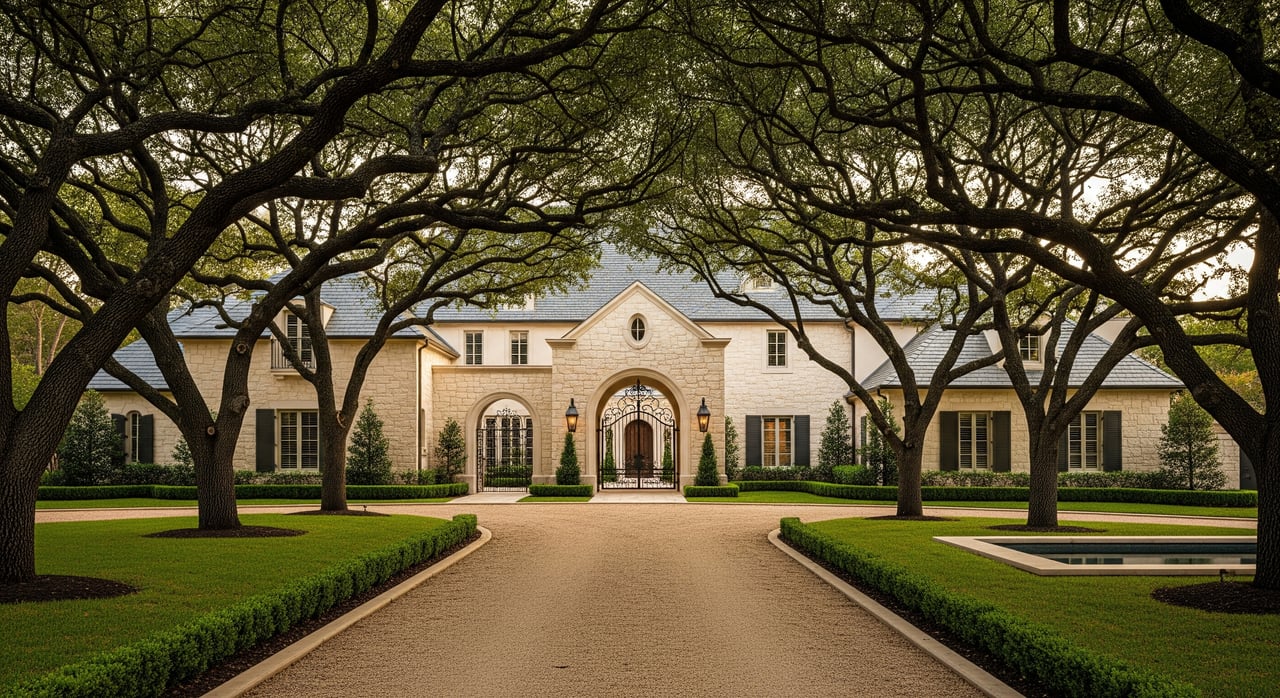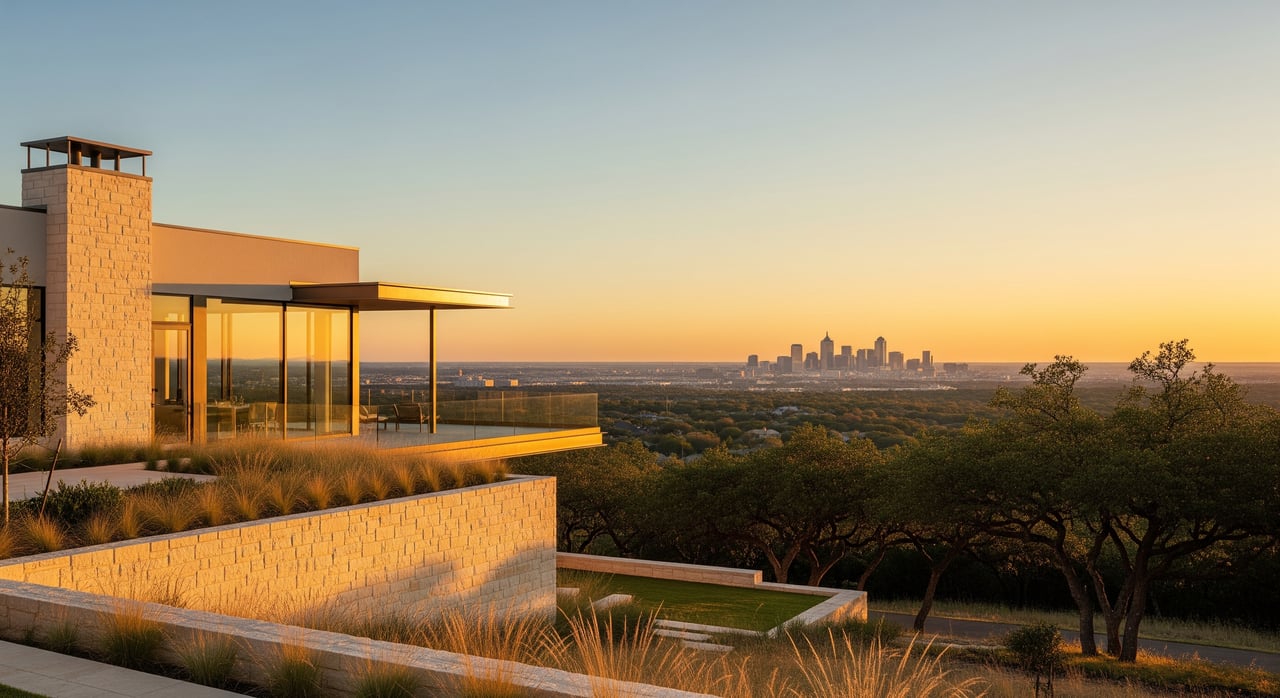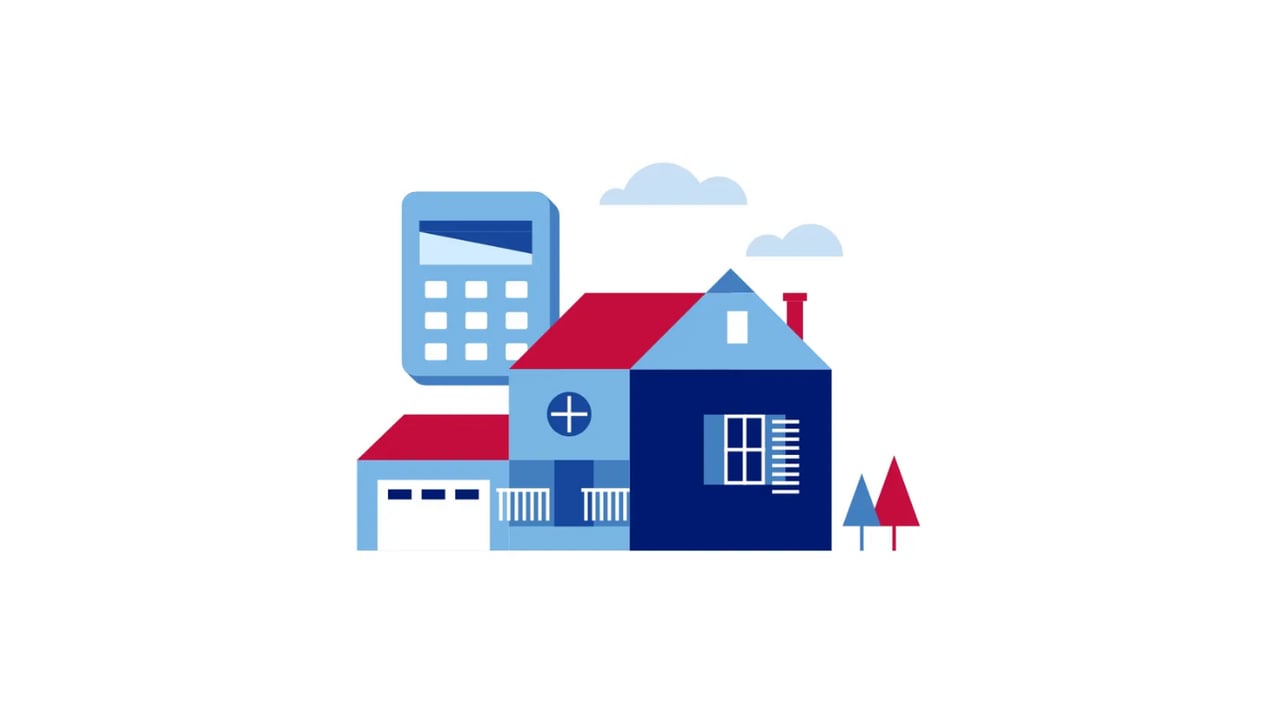When choosing the style of home you’ll ultimately search for, it’s important to explore all of your options. Though both Ranch homes and Craftsman homes — the latter sometimes called bungalows — can look similar to the untrained eye, there are significant differences you’d want to consider when evaluating them as a potential home option. While both are mostly one-story designs with lots of wood accents, that’s about where the similarities stop.
Craftsman vs. Ranch
Though Bungalow vs. and Ranch homes can seem similar at first glance, they are two very distinctive styles. Read on to learn more about the trademark features of each, along with the pros and cons of both.
The Craftsman story
Craftsman-style homes were first seen in the U.S. around the turn of the 20th century. Inspired by the British Arts and Crafts movement — a celebration of handwork and honest construction, which was a reaction to the tall Victorian homes that came before with all their bright colors and whimsical trimmings — Craftsman homes are defined by their simple lines and low-pitched roofs. Horizontality is emphasized here, which is why the homes are sometimes mistaken for Ranch-style houses. Another hallmark of the Craftsman style is a wide front porch, upheld by thick tapered columns. The interiors of Craftsman homes, says House Beautiful, “are just as distinct and important to the builder as the exterior. Wooden features abound: thick trim around doors and windows, built-in bookshelves and window seats, boxed beams along the ceiling, etc. A prominent fireplace (or two) is also a key feature inside Craftsman homes.”
The Ranch story
Ranch homes came onto the real estate scene after the Craftsmans, with the first ranch appearing in the 1930s in California. Says House Beautiful: “Clifford May, a self-taught architect in San Diego, is considered the father of Ranch houses, as many architectural historians trace the birth of the style to a house he designed and built in 1931 … May’s home designs, which were inspired by the adobe Spanish Colonial homes of Southern California, caught on and became the new standard for modern, informal living.” Ranch homes are defined by their single-level and typically rectangular shape (although L- and U-shaped plans are also popular), which creates separated living and sleeping areas. Ranches embrace open spaces and the connection between indoor and outdoor living: The backyard is usually just steps from the kitchen or living room via sliding glass doors. Ranch homes usually have more square footage than Craftsman homes, thanks to their suburban locations, and have higher ceilings and more windows, which make for bright and airy spaces. They also often have attached garages or carports.
Craftsman pros and cons
Before settling on a Craftsman, learn more about the perks and disadvantages of this style of home.
Pros
Because Craftsman homes tend to be compact, they’re perfect for singles, couples or small families. Their open floor plans give them an airy and fluid feel that is also the perfect backdrop for small-scale entertaining. Unlike most Ranch homes, Craftsman homes sometimes have a second floor or partial second floor that offers a separate space, ideal for an office, guest room or second living space.
Cons
Because of the way Craftsman homes are designed, the bedrooms are usually located right off or very near the main living space. This affords little privacy and can create some noise pollution. As a result, Craftsman homes aren’t typically the best option for larger families, unless the home itself is on the larger side. Similarly, the smaller size of the typical Craftsman home can be limiting, and may not offer the square footage that some buyers are looking for.
Ranch pros and cons
Ranch homes can be the perfect fit for many individuals, couples and families. Learn more about if this style of home is the right choice for you.
Pros
Ranch homes are more private than their Craftsman counterparts: Hallways typically separate the living and sleeping quarters, making them a better setup for larger families. They also have lots of windows and are often defined by sliding glass doors, creating plentiful natural light that creates a distinct indoor-outdoor living experience.
Cons
Ranch-style homes typically have only one floor. This can limit the square footage of the home when compared to multilevel styles such as Tudor, Traditional and Colonial homes. Adding square footage to a Ranch home would come at the expense of yard space. Also, because of the flowing, open floor plans of most Ranch homes, privacy for working from home or studying at home can be a bit more challenging than with other styles of homes, which may have separate rooms more suited for these functions.
Find your dream home — no matter what style
Whether you decide a Craftsman or a Ranch is right for you — or any of the other popular styles in North Texas — your Briggs Freeman Sotheby’s International Realty agent is the best source of guidance for all things home. Shop the available homes at Briggs Freeman, and talk to him or her about off-market opportunities, too.




